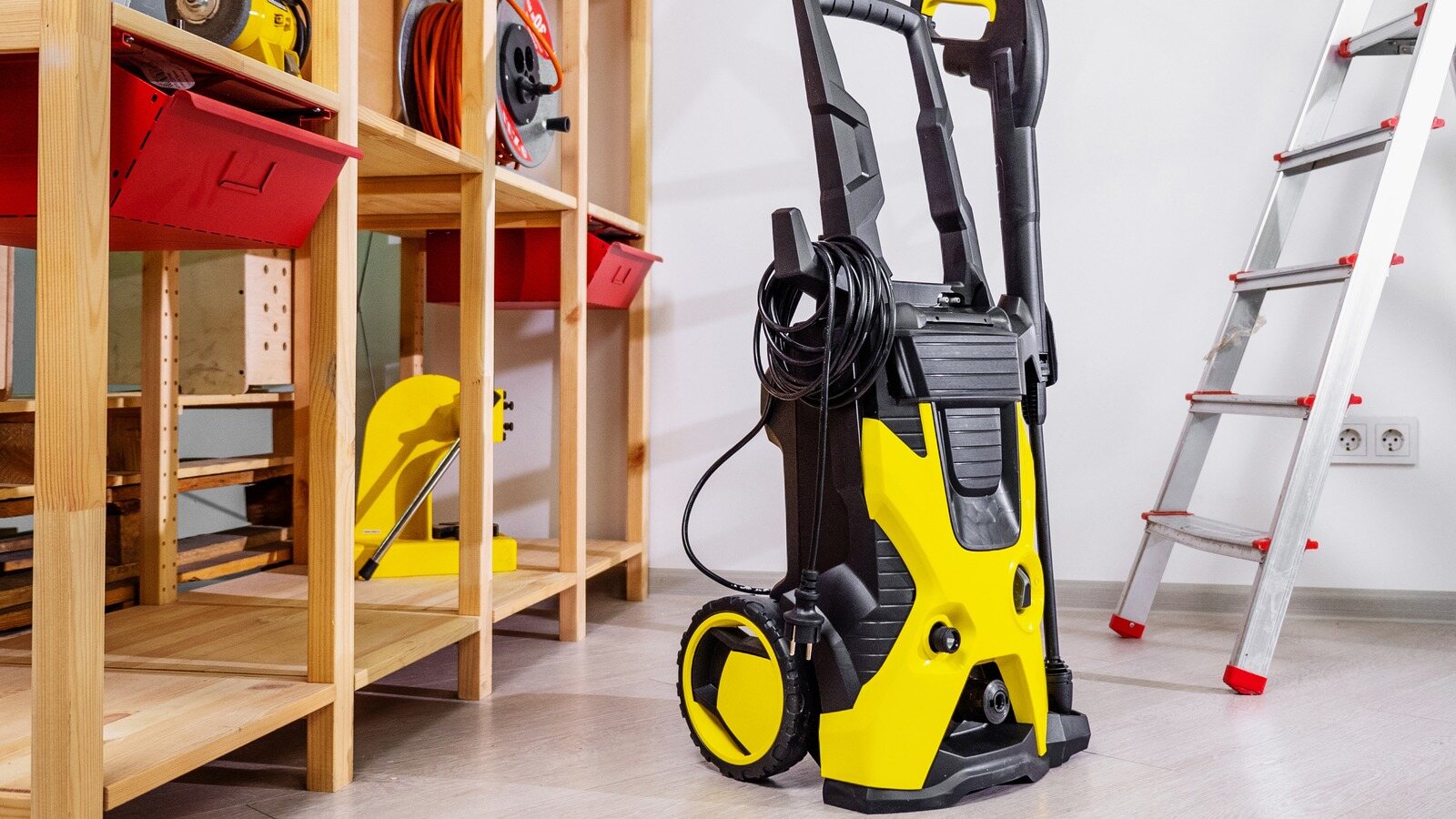

Articles
How To Store A Pressure Washer
Modified: October 20, 2024
Learn the best techniques for storing your pressure washer with our informative articles. Keep your machine protected and in top condition for long-lasting performance.
(Many of the links in this article redirect to a specific reviewed product. Your purchase of these products through affiliate links helps to generate commission for Storables.com, at no extra cost. Learn more)
Introduction
When it comes to pressure washers, proper storage is essential to keep them in top condition and prolong their lifespan. Whether you own a gas-powered or electric pressure washer, taking the time to store it correctly will prevent damage and ensure it’s ready for use when you need it again.
In this article, we will guide you through the process of storing a pressure washer effectively. From safety precautions to cleaning and maintenance tips, you’ll learn everything you need to know to keep your pressure washer in excellent shape during the off-season or when not in use for an extended period.
By following these storage guidelines, you can prevent issues like engine damage, corrosion, and clogged hoses. So, let’s dive in and discover how to store a pressure washer properly.
Key Takeaways:
- Proper storage and regular maintenance are essential for maintaining the performance and durability of your pressure washer. By following these preventive measures, you can extend its lifespan and enjoy optimal performance for years to come.
- Prioritize safety, choose the right storage space, and follow a thorough cleaning and maintenance routine to ensure your pressure washer remains in excellent condition during storage. Investing time and effort in these steps will pay off in the long run.
Read more: How To Adjust Pressure On Pressure Washer
Safety Precautions
Before you begin the process of storing your pressure washer, it’s vital to take appropriate safety precautions. Here are a few guidelines to keep in mind to ensure a safe and hassle-free experience:
- Turn off the power: If you have an electric pressure washer, unplug it from the power source. For gas-powered models, make sure to turn off the engine and disconnect the spark plug to avoid accidental starts.
- Allow the pressure washer to cool down: Give your pressure washer ample time to cool down before handling or storing it to avoid any risk of burns.
- Wear protective gear: When working with a pressure washer, it’s crucial to protect yourself. Wear gloves, safety goggles, and appropriate clothing to shield yourself from any potential hazards.
- Read the user manual: Familiarize yourself with the manufacturer’s instructions and safety guidelines outlined in the user manual. Each pressure washer may have specific instructions and precautions that you should follow.
- Store out of reach of children: Ensure that your pressure washer is stored in a secure location, out of the reach of children and pets. This will prevent any accidents or injuries caused by unauthorized access or improper usage.
By adhering to these safety precautions, you can minimize the risk of accidents and ensure a safe storage process for your pressure washer.
Choosing the Right Storage Space
Selecting the appropriate storage space for your pressure washer is crucial for its longevity and protection. Here are some factors to consider when choosing the right storage location:
- Indoor vs. Outdoor: Whenever possible, it’s best to store your pressure washer indoors. This will protect it from the elements, such as rain, extreme temperatures, and direct sunlight, which can cause damage over time. If indoor storage is not feasible, consider using a weatherproof cover to shield your pressure washer.
- Adequate ventilation: Ensure that the storage area has proper ventilation to prevent the buildup of fumes from a gas-powered pressure washer, if applicable. Proper ventilation will also help prevent moisture accumulation and reduce the risk of rust and corrosion.
- Sturdy and level surface: Find a stable and level surface to store your pressure washer. This will prevent it from falling or tipping over, which can cause damage to both the unit itself and any nearby objects.
- Accessible but secure: Choose a storage space that is easily accessible, allowing you to retrieve the pressure washer when needed. However, ensure that it’s also secure, protecting it from theft or unauthorized use.
Additionally, it’s a good idea to clean and declutter the storage space before storing your pressure washer. Remove any flammable or hazardous materials that may pose a risk in close proximity to your equipment. This will create a safer environment and reduce the chances of accidents.
By selecting the right storage space, you can safeguard your pressure washer from potential damage and ensure it remains in optimal condition for future use.
Cleaning the Pressure Washer
Before storing your pressure washer, it’s crucial to clean it thoroughly. This will remove any dirt, debris, or residue that could potentially cause damage or clog the unit. Follow these steps to ensure a proper cleaning process:
- Disconnect from power source: If you have an electric pressure washer, unplug it from the power source. For gas-powered models, make sure to turn off the engine and disconnect the spark plug.
- Remove any attachments: Take off any attachments, such as nozzles, hoses, or brushes, and set them aside for separate cleaning and storage.
- Rinse off loose debris: Use a garden hose or bucket of water to rinse off any loose dirt or debris from the exterior of the pressure washer.
- Clean the nozzles and tips: Carefully remove the nozzle or spray tip and clean it thoroughly using an appropriate cleaning solution or a small brush. Rinse it with water to ensure all debris is removed.
- Run water through the system: Connect a garden hose to the pressure washer’s water inlet and turn it on. Allow water to run through the system for a few minutes to flush out any remaining dirt or debris.
- Clean the detergent tank: If your pressure washer has a detergent tank, empty it and clean it out according to the manufacturer’s instructions.
- Inspect for any damage: While cleaning, inspect the pressure washer for any visible damage or signs of wear. Address any necessary repairs or maintenance before storing it.
Remember to consult the user manual for specific cleaning instructions and any recommended cleaning solutions. Once the pressure washer is thoroughly cleaned, move on to the next steps of preparing it for storage.
Draining the Water
Removing excess water from your pressure washer is crucial to prevent freezing, which can cause serious damage to the unit. Follow these steps to ensure proper water drainage:
- Turn off the pressure washer: If your pressure washer is running, turn it off and ensure it is completely shut down.
- Disconnect from the power source: Unplug the pressure washer from the power source if it is electric. For gas-powered models, turn off the engine and disconnect the spark plug.
- Release pressure: Squeeze the trigger on the spray gun to release any remaining pressure in the system. This will make it easier to drain the water.
- Locate the drain valve: Depending on your pressure washer model, there may be a drain valve located at the bottom of the pump. Consult the user manual to find the specific location.
- Place a container: Position a suitable container, such as a bucket or tray, beneath the drain valve to collect the water.
- Open the drain valve: Carefully open the drain valve to allow the water to flow out. Be cautious as the water can be hot and pressurized.
- Drain all water: Allow all the water to drain completely until no more water is flowing out. You may need to tilt or tip the pressure washer to ensure complete drainage.
- Close the drainage valve: Once water has ceased flowing, close the drain valve securely.
By draining the water from your pressure washer, you will prevent any potential damage caused by freezing and increase its lifespan. Remember to also empty any water from hoses and attachments separately before storing them.
Read more: How To Buy A Pressure Washer
Removing Fuel from the Pressure Washer
If you have a gas-powered pressure washer, it’s important to properly remove fuel before storing it. This will prevent fuel degradation and potential issues with the engine. Follow these steps to remove fuel from your pressure washer:
- Turn off the pressure washer: Ensure that the pressure washer is turned off and disconnected from the power source.
- Allow the engine to cool: Give the engine enough time to cool down before proceeding with fuel removal.
- Locate the fuel tank: Identify the fuel tank on your pressure washer. It is usually located near the engine.
- Place a container: Position a suitable container beneath the fuel tank to collect the fuel.
- Remove the fuel cap: Carefully remove the fuel cap from the tank, ensuring that it is released slowly to prevent any fuel spillage.
- Drain the fuel: Tilt or angle the pressure washer to allow the fuel to flow out into the container. Be cautious of any fuel spills and avoid contact with skin or eyes.
- Dispose of the fuel: Properly dispose of the fuel according to local regulations. Do not pour it down the drain or dispose of it in a way that harms the environment.
- Clean the fuel tank: After removing the fuel, clean the fuel tank with a mild detergent and water solution to remove any residue or debris.
- Replace the fuel cap: Once the fuel tank is clean and dry, securely replace the fuel cap.
Removing fuel from your pressure washer is essential for long-term storage. It helps prevent fuel deterioration and ensures a smooth start-up when you use the pressure washer again in the future.
After using a pressure washer, make sure to drain all the water from the pump and hoses to prevent freezing and damage. Store the machine in a dry, well-ventilated area to avoid rust and corrosion.
Lubricating and Protecting the Pressure Washer
Before storing your pressure washer, it’s important to lubricate certain components and protect it from potential damage. This will help maintain its performance and prevent any issues that may arise during storage. Follow these steps to properly lubricate and protect your pressure washer:
- Refer to the user manual: Consult the user manual to identify the specific lubrication points and recommended lubricants for your pressure washer.
- Lubricate moving parts: Apply lubricant to any moving parts such as the pump, engine, and spray gun. This helps prevent corrosion and keeps the components functioning smoothly.
- Protect metal surfaces: Apply a light coat of rust-inhibiting spray or a protective coating to metal surfaces to prevent rust and corrosion.
- Cover electrical connections: Use electrical tape or protective covers to seal off any exposed electrical connections, such as the power cord or electrical components, to prevent moisture or dust damage.
- Inspect and clean filters: Check the air and fuel filters, if applicable, and clean or replace them as necessary. This ensures proper airflow and fuel flow when you start the pressure washer again.
- Store with a cover: If storing your pressure washer outdoors or in an area prone to dust or debris, use a waterproof cover to protect it from the elements and keep it clean.
By lubricating moving parts, protecting metal surfaces, and taking measures to preserve the electrical components, you can prolong the life of your pressure washer and ensure it remains in excellent condition during storage. Regular maintenance and protection will also make it easier to start and use the pressure washer when you need it again.
Removing and Storing Attachments
When storing your pressure washer, it’s important to properly remove and store any attachments that are separate from the main unit. This includes nozzles, hoses, wands, and brushes. Follow these steps to ensure the attachments are safely stored:
- Turn off the pressure washer: Make sure the pressure washer is turned off and disconnected from the power source.
- Disconnect attachments: Carefully detach any attachments from the pressure washer, following the manufacturer’s instructions. If necessary, refer to the user manual for guidance.
- Inspect for damage: Check the attachments for any signs of wear, damage, or clogs. Clean or repair them as needed before storing.
- Clean attachments: Thoroughly clean the attachments using mild detergent and water. Remove any dirt, grime, or debris to prevent damage and extend their lifespan.
- Ensure complete drying: Allow the attachments to completely dry before storing them. Moisture can cause mold, mildew, and corrosion if stored while damp.
- Organize and separate: Keep the attachments organized and separate from each other to prevent tangles or damage. You can use zip-lock bags, labeled containers, or storage boxes to keep them neat and easily accessible.
- Store in a dry location: Find a dry and secure location to store the attachments, ideally away from extreme temperatures and direct sunlight. Maintain a relatively stable temperature to prevent any potential damage.
Properly removing and storing attachments will not only protect them from damage, but it will also make it easier to locate and use them when you need them in the future. Take the time to clean, inspect, and organize the attachments before placing them in storage.
Storing the Pressure Washer
Once you have prepared your pressure washer and its attachments for storage, it’s important to store the unit itself properly. Follow these steps to ensure your pressure washer is stored safely and securely:
- Choose an appropriate location: Find a clean, dry, and well-ventilated area for storing your pressure washer. If possible, opt for indoor storage to protect the unit from the elements.
- Secure the power cord: Neatly coil the power cord and secure it with a cable tie or hook. This will help prevent any tripping hazards and keep the cord in good condition.
- Position the pressure washer: Place the pressure washer on a sturdy, level surface in an upright position. Ensure that it is stable and won’t tip over during storage.
- Cover the pressure washer: Use a fitted cover or a tarp to protect the pressure washer from dust, debris, and moisture. Make sure the cover is waterproof to prevent any potential water damage.
- Protect the unit from pests: Consider using pest deterrents or traps in the storage area to prevent insects or rodents from causing damage to your pressure washer.
- Label and store any additional fuel: If you have removed fuel from the pressure washer, label and properly store it in a safe and well-ventilated area, following local regulations for fuel storage.
- Secure the storage area: Lock the storage area or ensure that it is secure to prevent unauthorized access or potential theft.
By storing your pressure washer in a suitable location, covering it to protect from dust and moisture, and taking precautions to keep the power cord organized, you can ensure that your pressure washer is stored safely and will be in good condition when you need it again.
Read more: How To Build A Pressure Washer
Regular Maintenance Tips
Regular maintenance is essential for keeping your pressure washer in optimal condition, even during periods of storage. Here are some important maintenance tips to consider:
- Clean and inspect: Regularly clean the pressure washer, including the exterior, hoses, and nozzles, to remove dirt and debris. Inspect for any signs of wear, damage, or leaks.
- Check oil levels: If your pressure washer has an engine, regularly check the oil level and change the oil according to the manufacturer’s recommendations.
- Replace filters: Clean or replace air and fuel filters, if applicable, on a regular basis to ensure proper airflow and fuel flow.
- Inspect spark plug: For gas-powered models, inspect and clean or replace the spark plug as needed to maintain efficient operation.
- Test for proper functioning: Periodically test the pressure washer to ensure it is functioning correctly, even during storage. This may include starting the engine, running water through the system, and checking for any abnormal sounds or performance issues.
- Follow maintenance schedule: Consult the user manual for a recommended maintenance schedule specific to your pressure washer model. Follow the suggested intervals for tasks like oil changes, filter replacements, and general inspections.
- Keep records: Maintain a record of maintenance tasks performed, including dates and any replacements or repairs made. This will help you stay on top of regular maintenance and provide a history of maintenance for future reference.
By implementing these regular maintenance tips, you can ensure that your pressure washer stays in top shape and performs optimally when you need it. A well-maintained pressure washer will also have a longer lifespan and require fewer repairs in the long run.
Conclusion
Properly storing your pressure washer is essential for maintaining its performance, prolonging its lifespan, and preventing unnecessary damage. By following the steps outlined in this article, you can ensure that your pressure washer remains in excellent condition during periods of storage and is ready for use when you need it again.
Remember to prioritize safety by following the necessary precautions and guidelines when working with your pressure washer. Disconnect it from the power source, allow it to cool down, and wear appropriate protective gear.
Choosing the right storage space is also crucial for the overall well-being of your pressure washer. Aim for an indoor location if possible, or use a weatherproof cover if outdoor storage is necessary. Ensure proper ventilation and a level surface to prevent any accidental damage.
Before storing your pressure washer, take the time to clean and drain the water and fuel. Lubricate moving parts, protect metal surfaces, and properly remove and store attachments. Then, store the pressure washer in a secure location, keeping it covered to safeguard it from dust, debris, and moisture.
Regular maintenance is key to keeping your pressure washer in top shape. Clean and inspect it regularly, check oil levels, replace filters, and test for proper functioning. By following a maintenance schedule and keeping records of your maintenance tasks, you can ensure the long-term health of your pressure washer.
In conclusion, proper storage and regular maintenance are crucial for maintaining the performance and durability of your pressure washer. By investing a little time and effort in these preventive measures, you can extend the life of your pressure washer and enjoy optimal performance for years to come.
Frequently Asked Questions about How To Store A Pressure Washer
Was this page helpful?
At Storables.com, we guarantee accurate and reliable information. Our content, validated by Expert Board Contributors, is crafted following stringent Editorial Policies. We're committed to providing you with well-researched, expert-backed insights for all your informational needs.
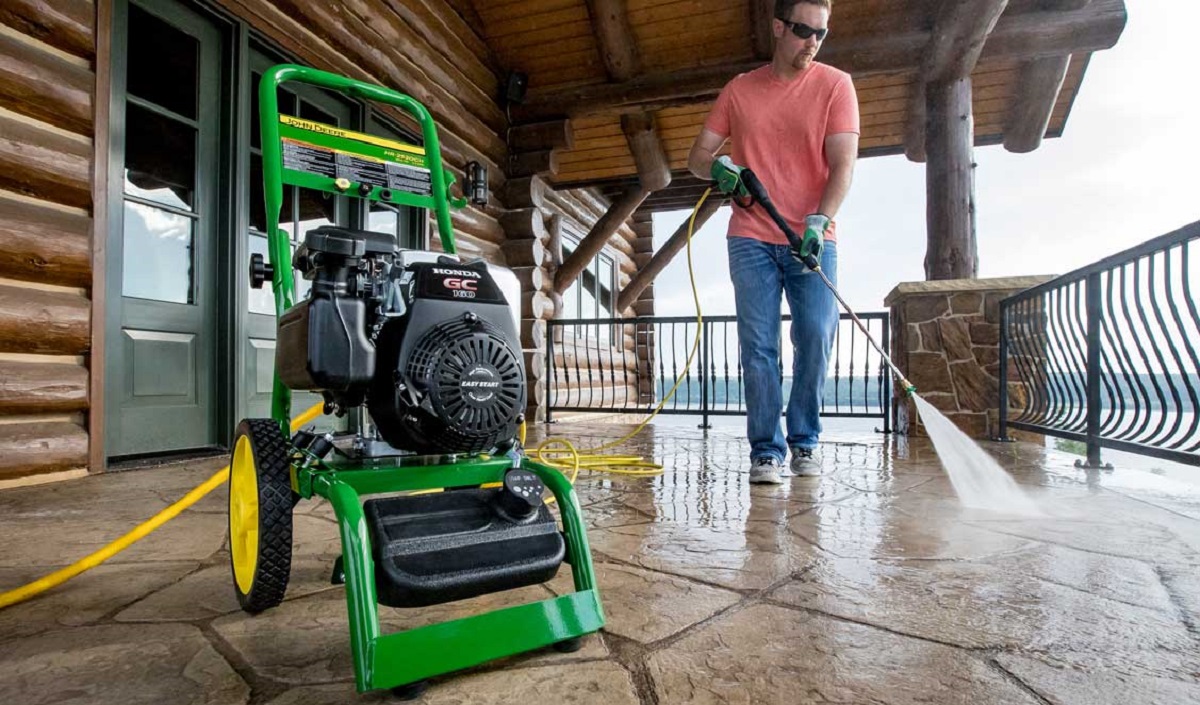

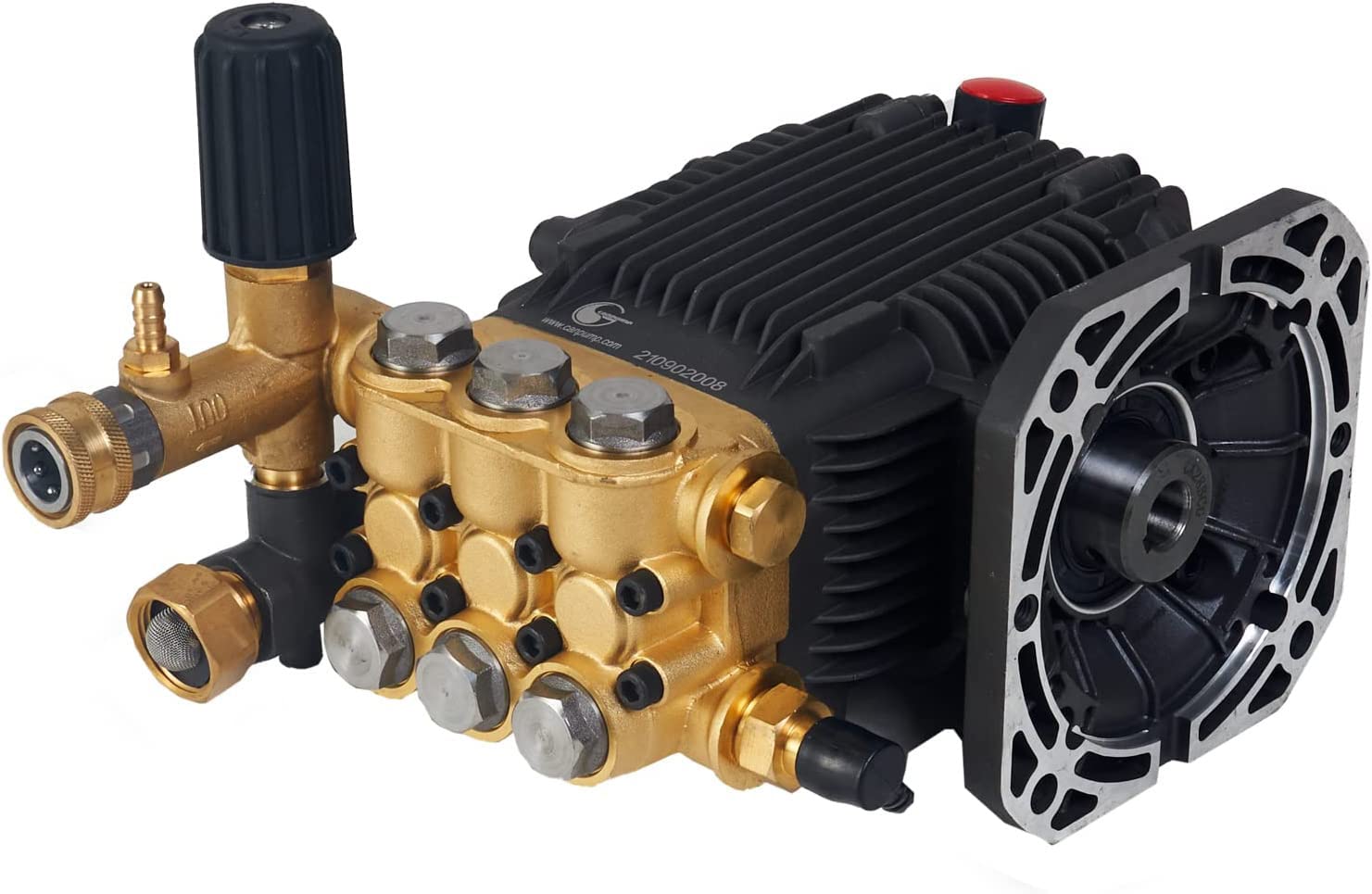
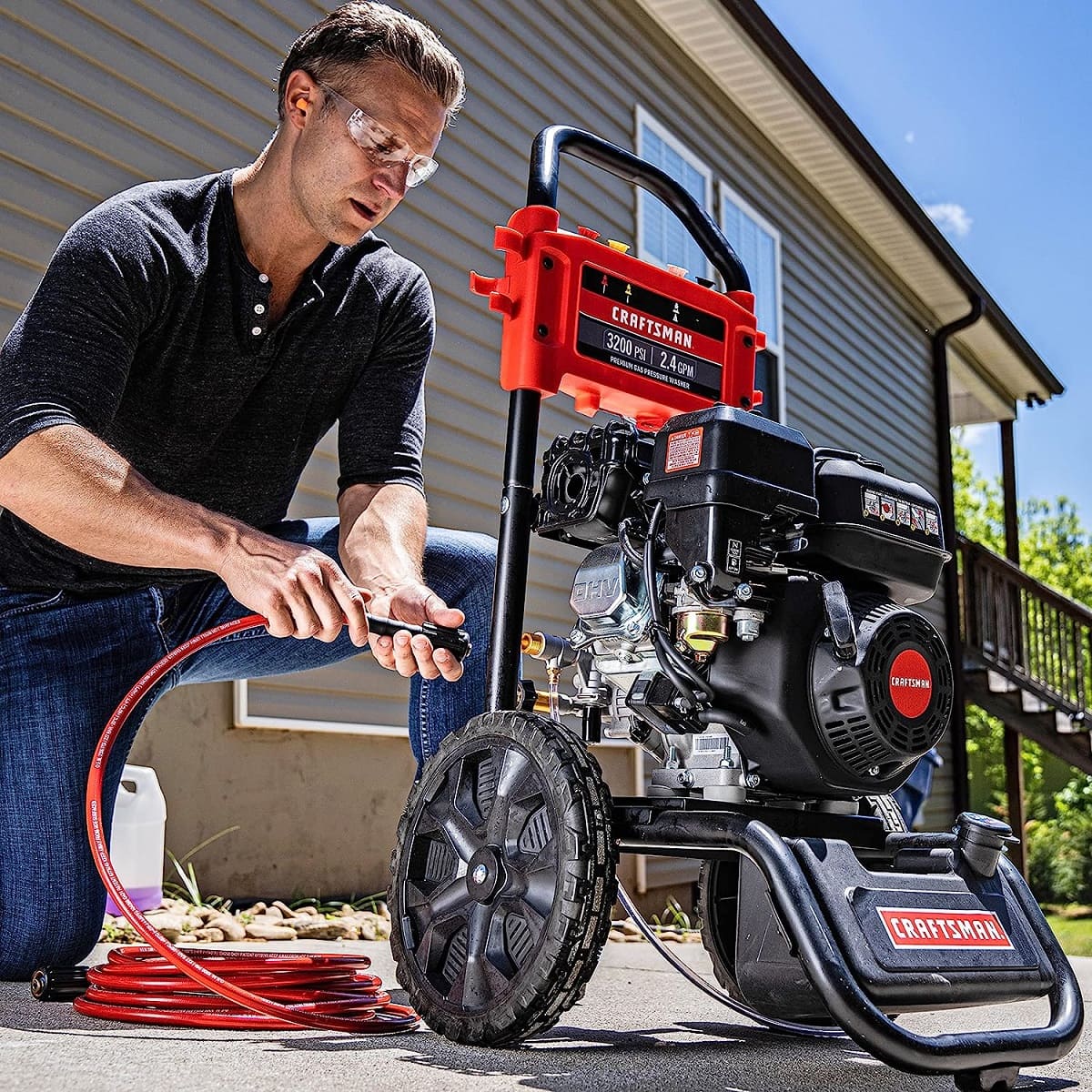
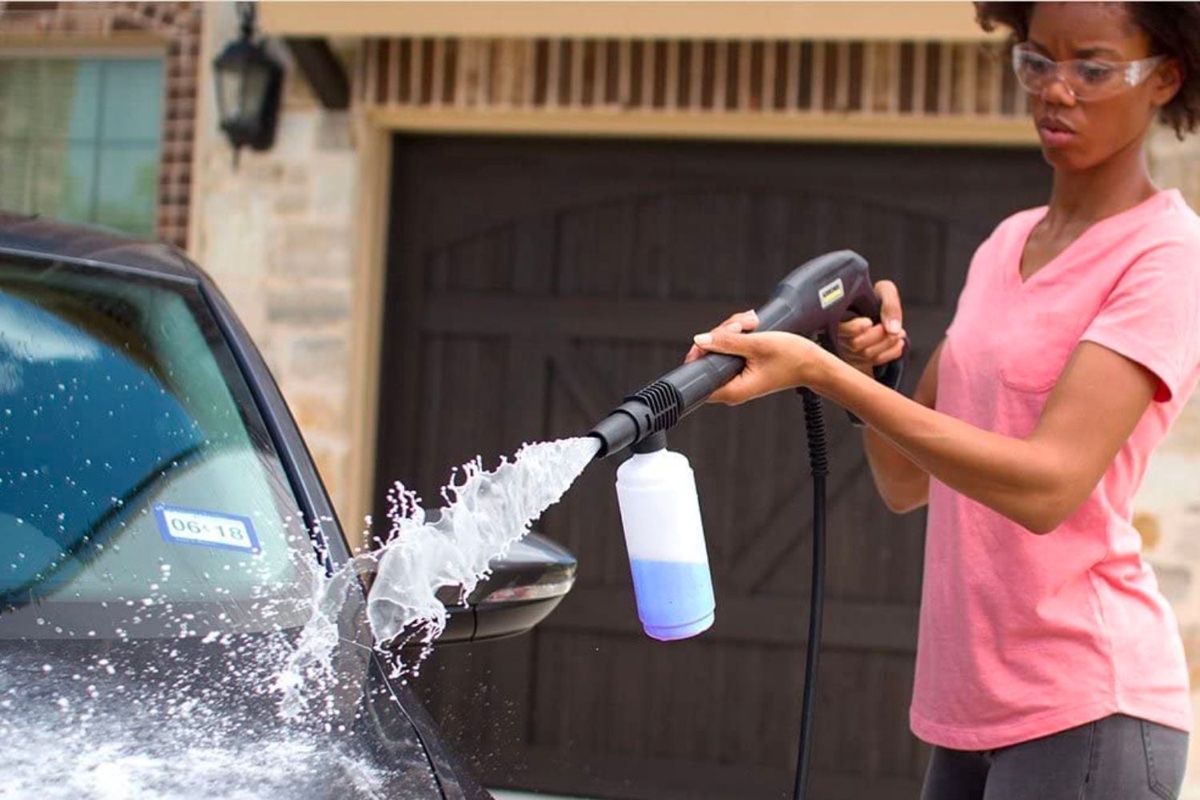
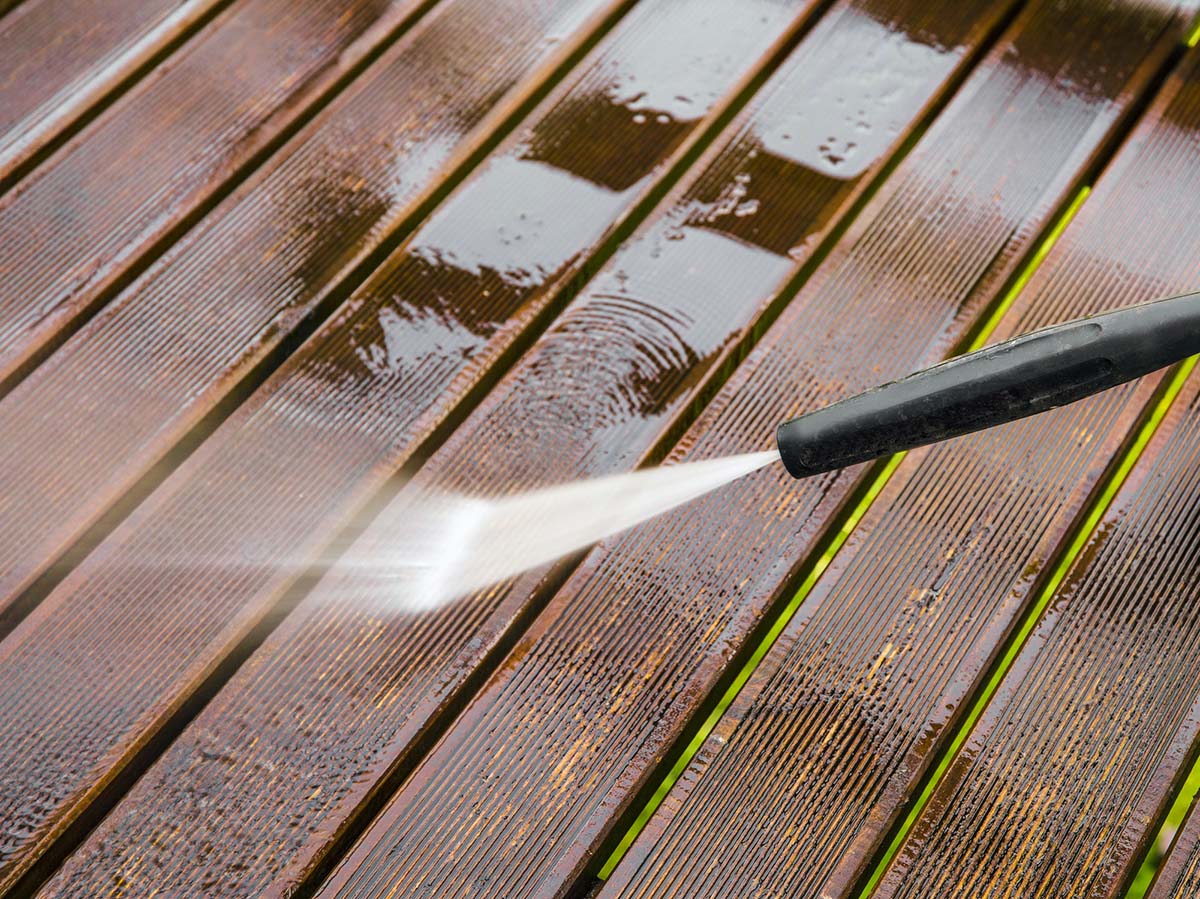
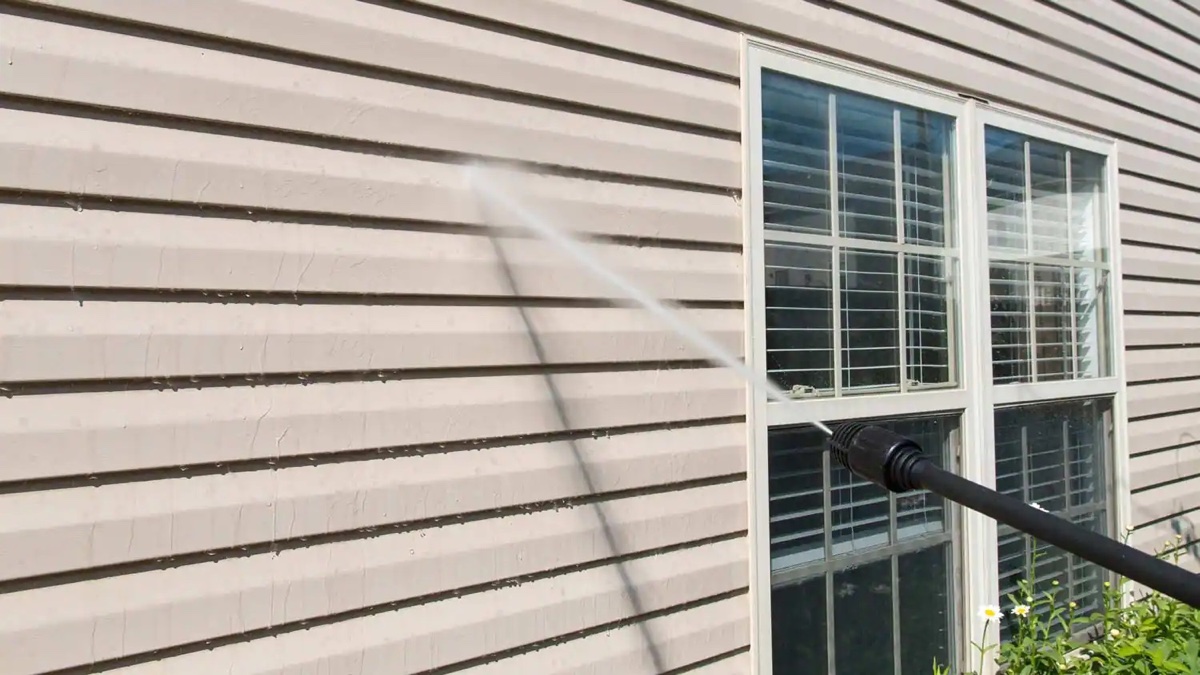
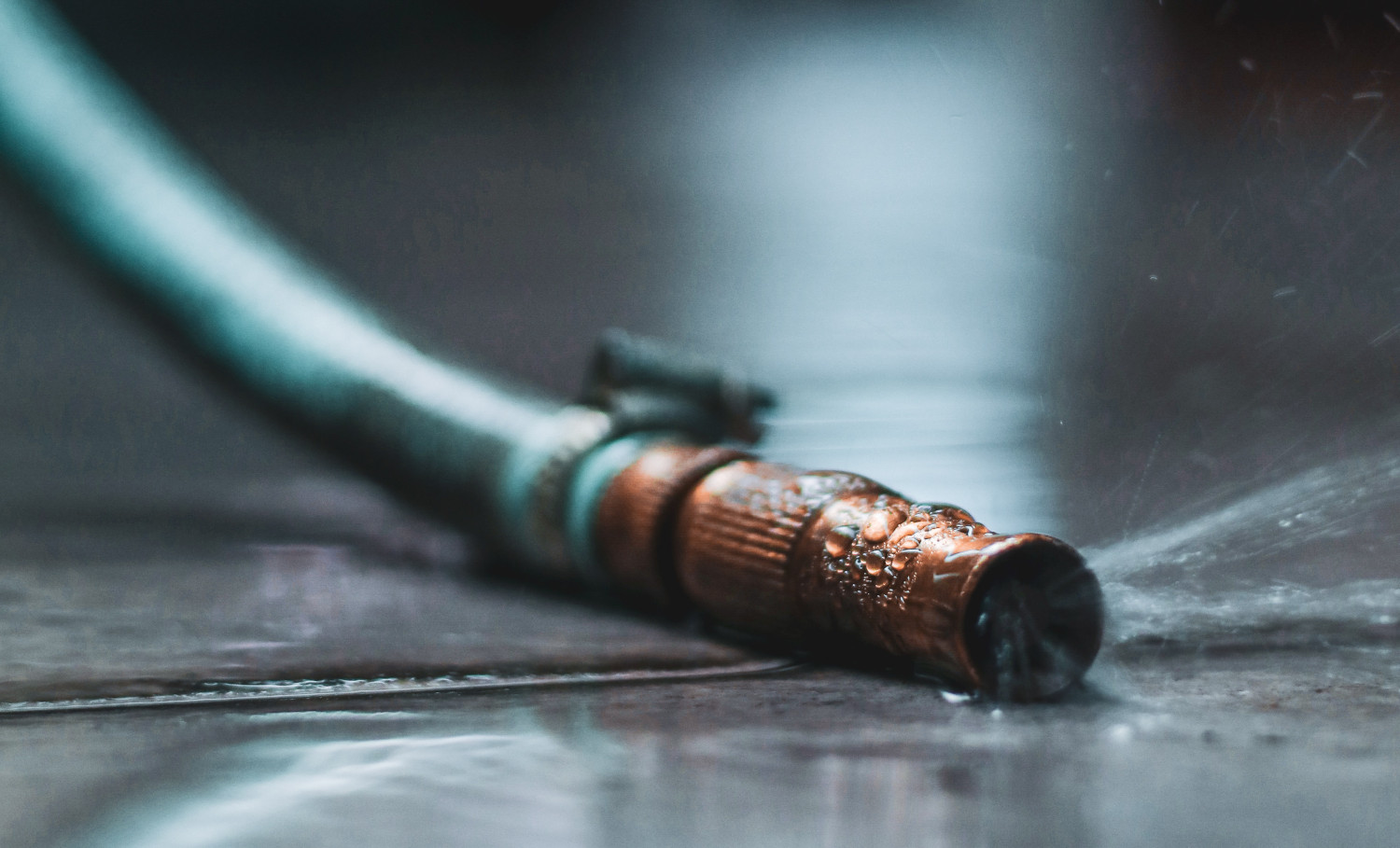
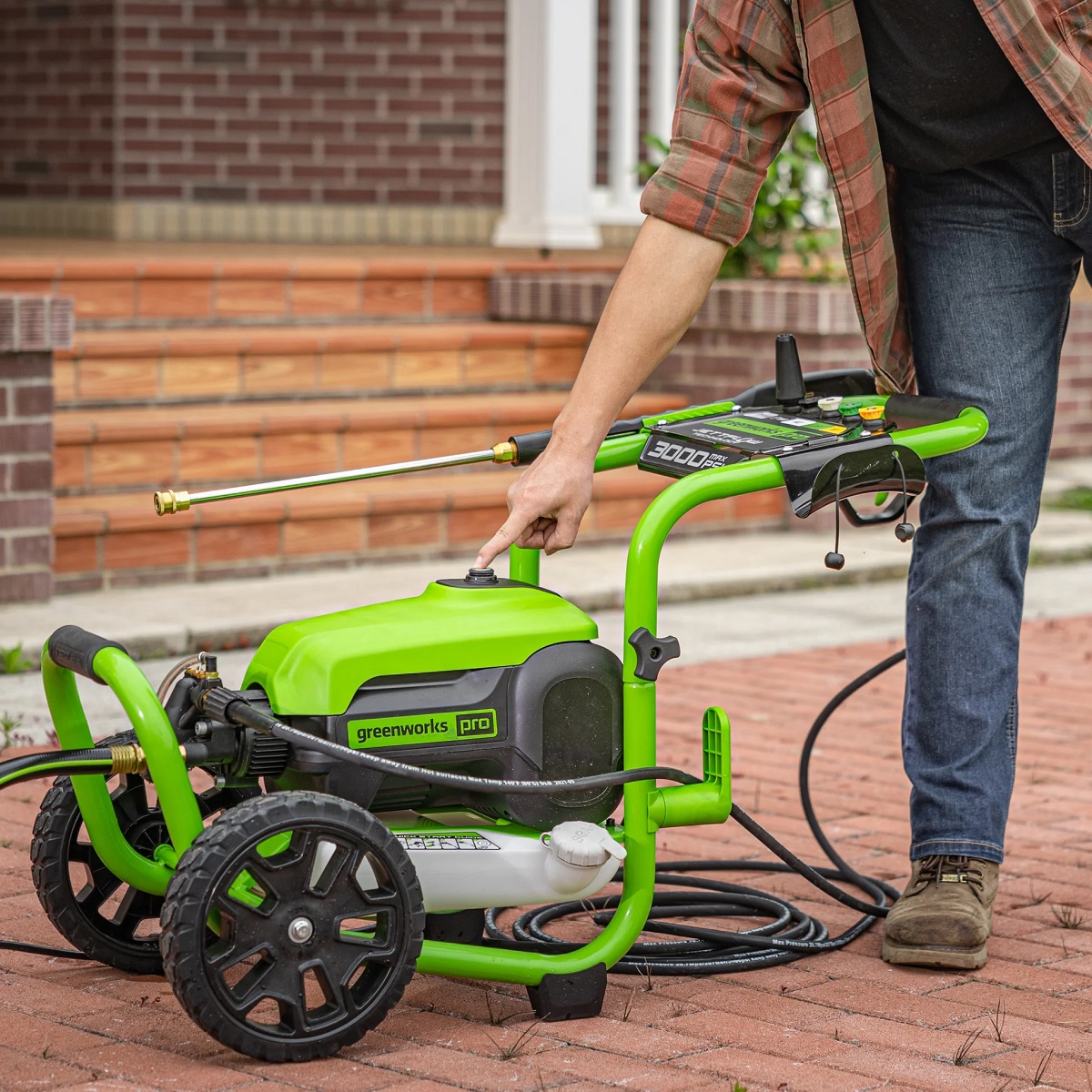
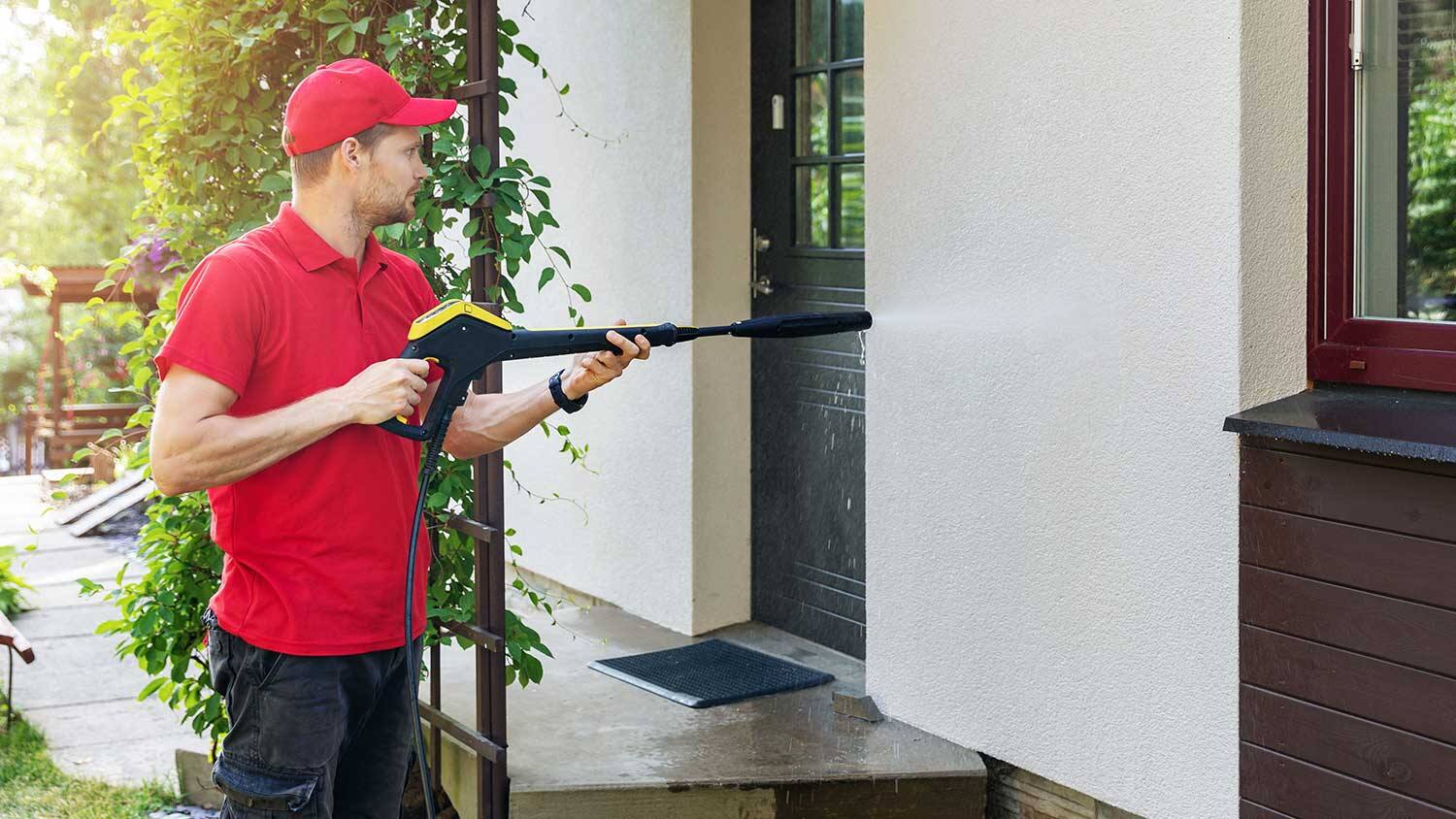
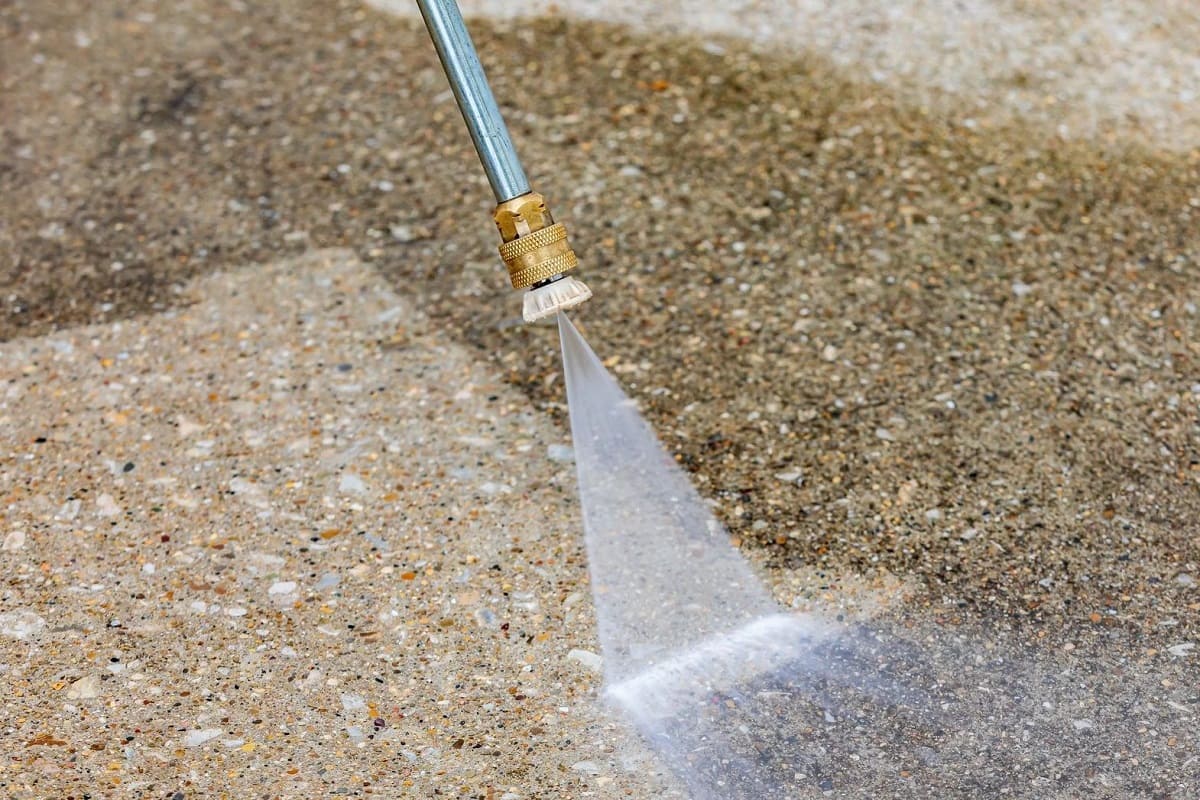
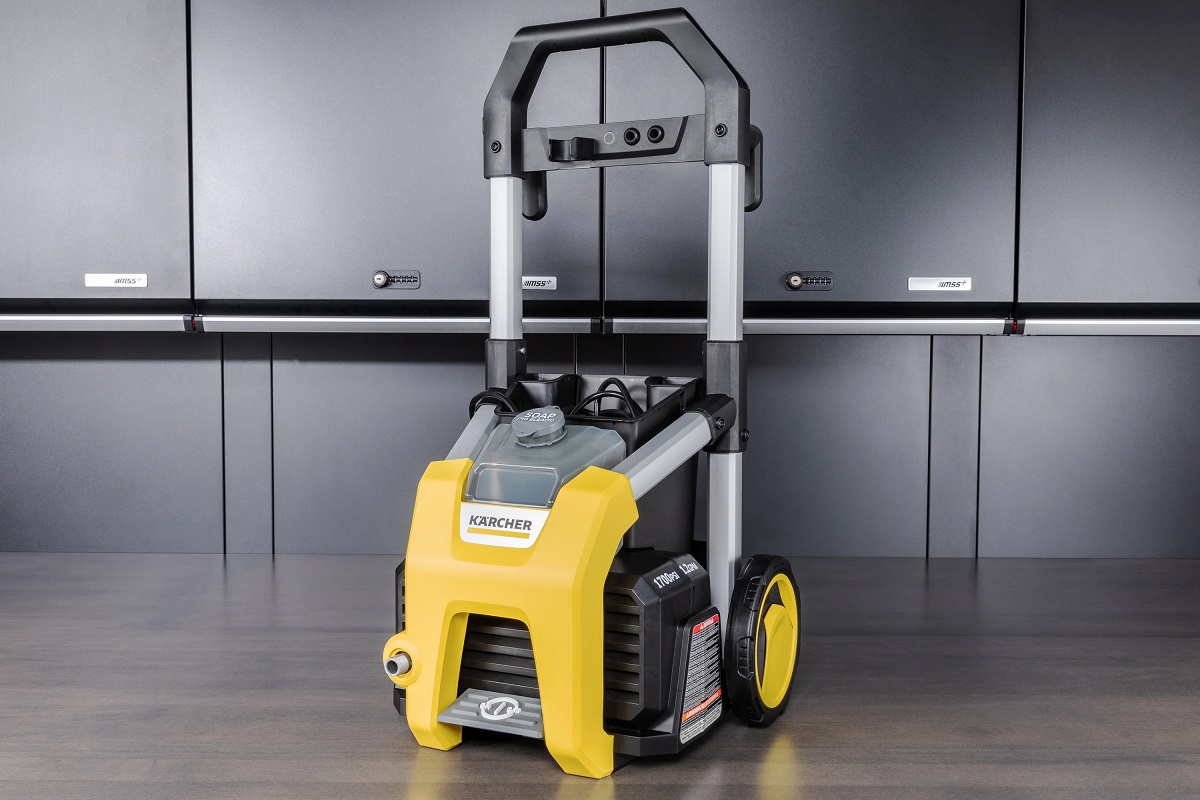
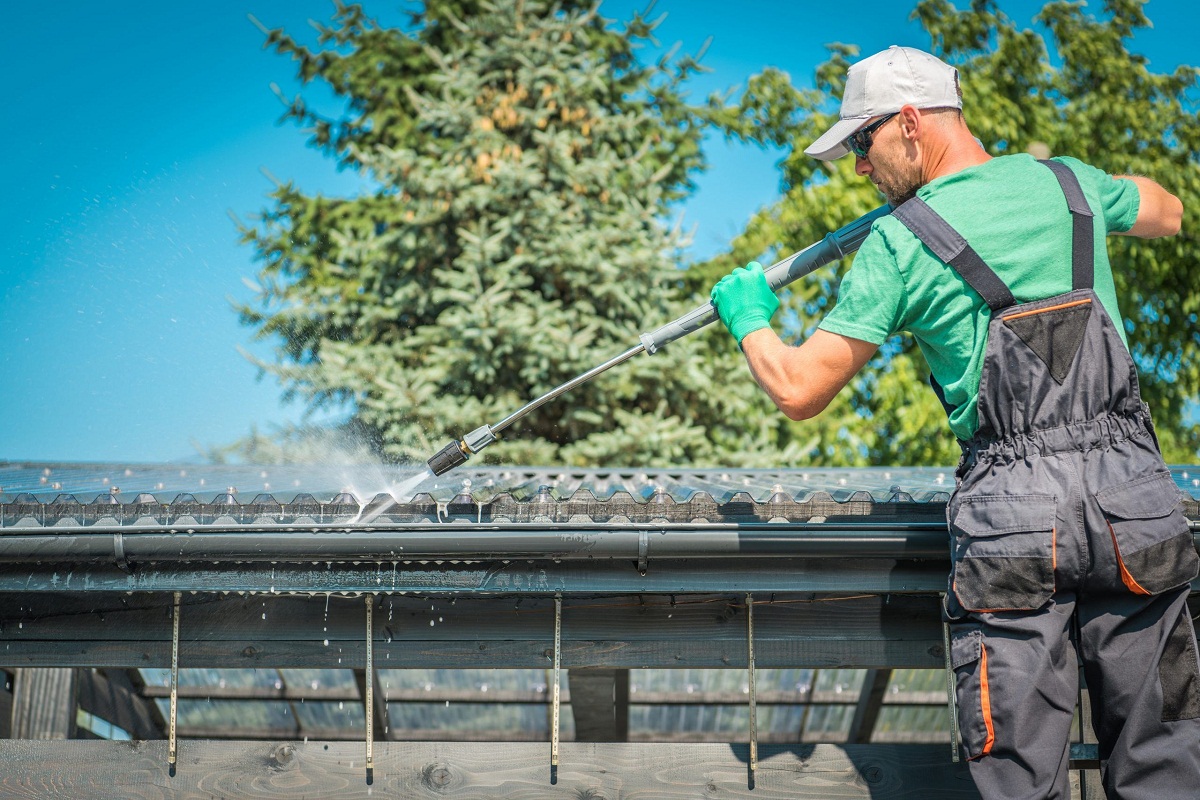

0 thoughts on “How To Store A Pressure Washer”